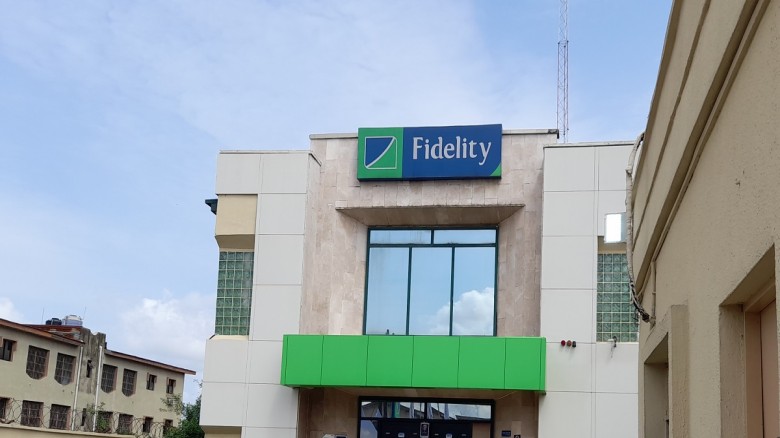Starlink expands African footprint, enters Guinea-Bissau
Starlink, the internet service provided by SpaceX through satellites, has launched its service in Guinea-Bissau, marking its 23rd active market on the African continent. This announcement was made through the official X account of the company earlier this week.
As per Starlink's availability map, locations such as Bissau, Buba, and Gabú are now categorized as “Available,” while other areas still remain on the “Waitlist” or are listed as “Coming Soon.” This rollout is part of an aggressive expansion strategy that has propelled the company into numerous African nations in quick succession—drawing parallels to Olympic sprinter Usain Bolt.
This launch is especially important for Guinea-Bissau, where only 35.2% of the population has internet access, hindered by poorly developed infrastructure. Although local internet speeds can peak at 150 Mbps, many people still face limitations in availability and reliability.
Starlink’s expansion into Guinea-Bissau follows recent launches in the Democratic Republic of Congo, Somalia, and Lesotho. With a presence established in 23 African countries, the company is also currently engaged in advanced regulatory discussions with at least 10 additional nations, including Ethiopia and Senegal. These talks typically revolve around licensing and adherence to local content regulations. However, Starlink has encountered challenges in certain markets, particularly in South Africa, where regulatory issues have delayed progress.
If the ongoing negotiations are successful, Starlink could soon be operational in more than 30 African countries—accounting for over 60% of the continent’s 54 nations—positioning itself as a key player in addressing Africa’s digital divide.
The swift pace of this expansion raises important questions: Is Starlink competing to secure market share, assert influence, or simply establish itself ahead of future rivals? Africa has over 950 million individuals who are still offline—making it one of the last significant frontiers for internet connectivity.
Analysts propose that Starlink’s approach relies on bundling smaller yet valuable markets across the continent. Although the service might not compete directly with mobile telecommunications companies in local reach, its capability to serve remote or underserved regions enables it to establish a profitable presence without needing to dominate any specific market.
As the coverage map for Starlink continues to develop, one fact stands out: the race to connect Africa is in full swing—and Starlink is leading the charge.
























Leave A Comment